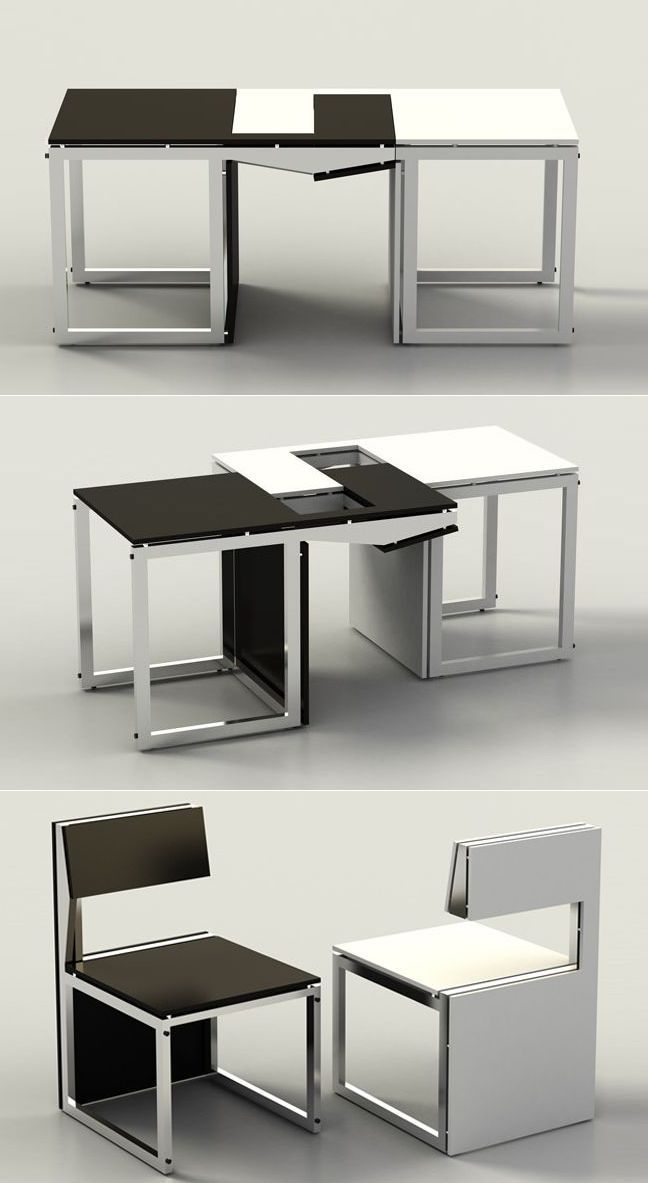Modern furniture design has evolved significantly over the years, with an emphasis on sleek lines, minimalistic design, and innovative materials. From the mid-20th century to the present day, contemporary furniture design has undergone various transformations, influenced by changes in technology, culture, and architectural trends.
One of the key pioneers of modern furniture design was the Bauhaus movement, which emerged in Germany in the early 20th century. Bauhaus designers sought to create functional, mass-produced furniture that reflected the industrial age. Artists such as Marcel Breuer and Ludwig Mies van der Rohe paved the way for contemporary furniture design with their innovative use of materials like tubular steel and glass.
In the post-war period, Scandinavian design also had a significant impact on contemporary furniture. Designers like Arne Jacobsen, Hans Wegner, and Alvar Aalto focused on simplicity, craftsmanship, and natural materials, creating timeless pieces that are still popular today. Scandinavian design emphasized clean lines, organic shapes, and a harmonious relationship between form and function.
As the 20th century progressed, designers continued to push the boundaries of contemporary furniture design. The 1960s and 70s saw the rise of the Memphis Group, a collective of designers who embraced bold colors, geometric shapes, and unexpected materials in their creations. The Memphis Group’s playful and experimental approach to design was a stark contrast to the minimalist aesthetic of previous decades.
In recent years, sustainability and environmental consciousness have become driving forces in contemporary furniture design. Designers are increasingly focused on using eco-friendly materials, reducing waste, and creating products that are built to last. The rise of 3D printing technology has also revolutionized the way furniture is designed and manufactured, allowing for more customizable and innovative creations.
Today, contemporary furniture design is characterized by a mix of styles, influences, and materials. Designers are blending traditional craftsmanship with cutting-edge technology, creating pieces that are both functional and aesthetically pleasing. The boundaries between art and design are becoming increasingly blurred, with furniture pieces that are as much works of art as they are functional objects.
Overall, the evolution of contemporary furniture design has been a dynamic and ever-changing process. From the Bauhaus movement to the Memphis Group and beyond, the world of modern furniture design continues to evolve and inspire, pushing the boundaries of creativity and innovation.




















